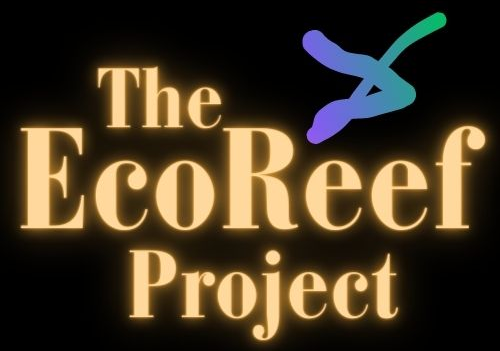Understanding the Role and Impact of Man-Made Eco Reefs
Artificial or man-made eco reefs are engineered structures that are strategically placed in marine environments. Their design is intended to replicate the features of natural reefs, providing new opportunities for fishing and diving, and alleviating pressure on existing popular sites.
The Purpose Behind Artificial Reefs
Artificial reefs are primarily constructed to enhance marine ecosystems by increasing their bio-productivity and biodiversity. Any underwater structure that is designated as an artificial reef is perceived positively from an ecological standpoint. This perception is often leveraged to address issues without necessarily improving the ecological situation. For instance, sunken ships and disused underwater structures are frequently declared as artificial reefs.
Integration Period
The period it takes for an artificial reef to fully assimilate into its surrounding environment is highly variable. It depends on several factors, including the reef’s specific location, the materials used in its construction, and how closely it resembles natural habitats.
A comprehensive study of reefs globally from 1990–2020 suggests that artificial reefs can be effective in restoring marine ecosystems if they are thoughtfully designed to meet the resource needs of their specific location.
Challenges and Factors to Consider
While artificial reefs offer potential benefits, they also pose several challenges. For example, artificial reefs are sometimes made from waste materials, such as discarded car tires. When these materials degrade, they pollute the sea. Another significant issue is the lack of maintenance and repair of most artificial reefs, leading to their degradation over time and loss of their major stucturing and recreational potential.
To address these issues, it’s crucial to classify all artificial reefs as a distinct category of hydraulic structures. This classification will help define the exact purpose of subsea structures and enable the analysis of the environmental impact of artificial reefs at all stages of their lifecycle, including decommissioning.
Wrapping Up
In summary, man-made eco reefs can play a significant role in enhancing marine biodiversity and bio-productivity. However, their successful assimilation into the surrounding environment is not a given. It requires thoughtful planning, design, and continuous upkeep. We invite our readers to contribute to this conversation by sharing their insights and experiences in the comments section. Active participation from readers is crucial in promoting a broader understanding and dialogue about these significant environmental topics.
#OceanLife #MarineHabitats #EcoInnovation #SustainableSeas #ReefRestoration #UnderwaterEcosystems #SeaConservation #ProtectOurOceans #EcoEngineering #MarineBiology #EcoReefs #MarineConservation #ArtificialReefs #MarineBiodiversity #EcoFriendly









